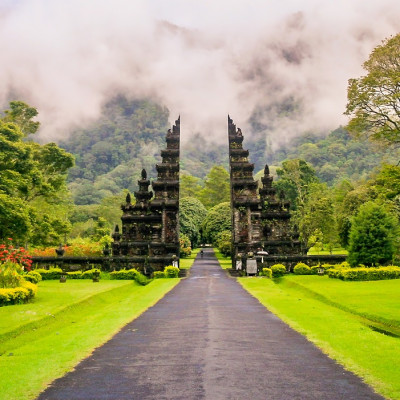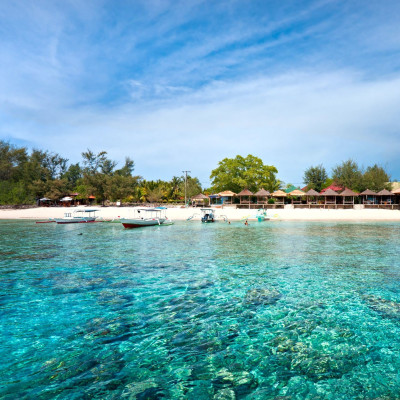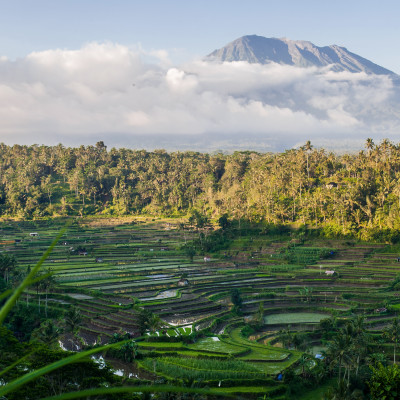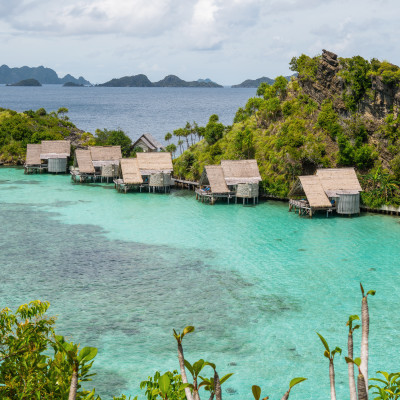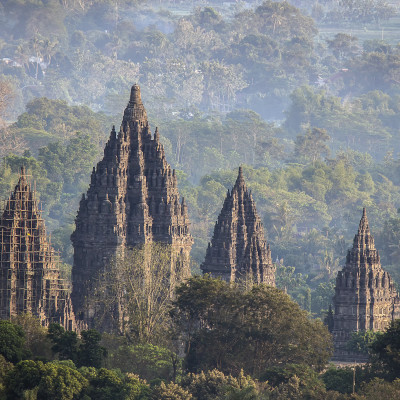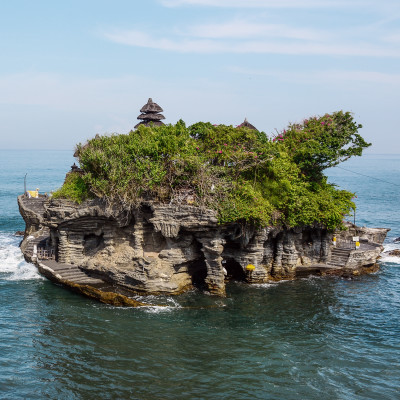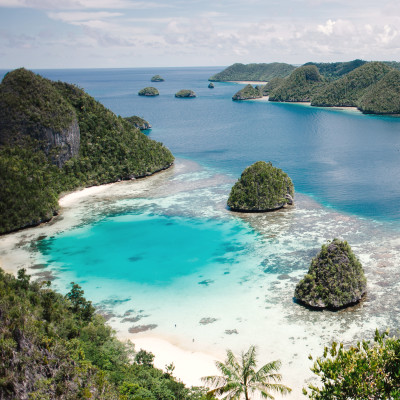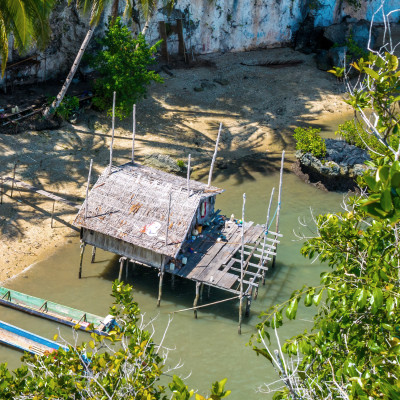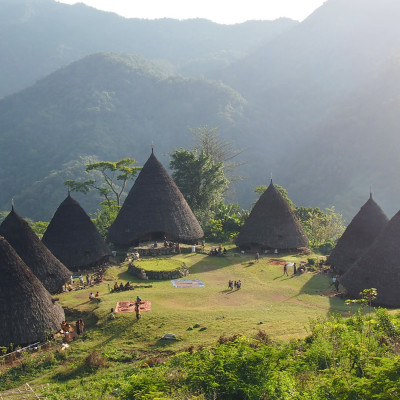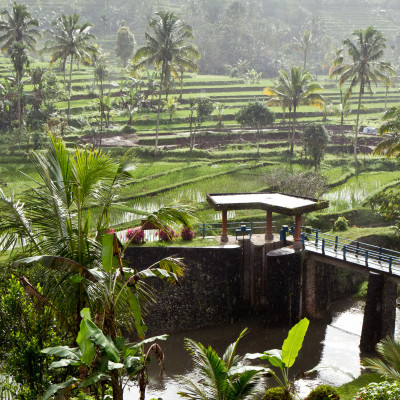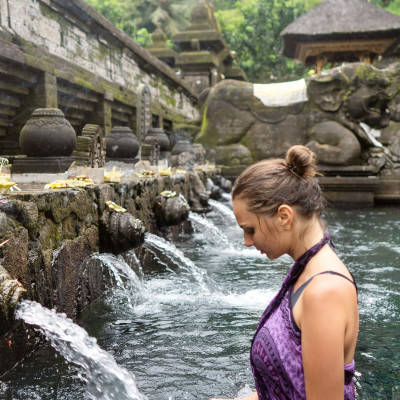Language in Indonesia
Indonesia has a standardised dialect of the Malay language, known as Bahasa Indonesian, which was declared as the official language of Indonesia during the nation’s independence in 1945. However, due to the numerous islands, most people tend to speak the regional dialects of their island or community, such as Javanese (from Java), Balinese (from Bali) and Minangkabau (from western Sumatra).
Did you know? In the nation’s official language of Bahasa Indonesia, there are 12 ways of saying No, and several ways of saying Yes (when the actual meaning is no)!

Religion in Indonesia
Indonesia is the largest nation with people following the Islamic faith in the world, with 88% of the population being Muslim. In addition, Hinduism, Buddhism, Confucianism, and Christianity are all practised and prevalent within Indonesia.
Generally, all the religions get on and follow the mottos of ‘Judge not, lest ye be judged’ and ‘Do unto others as you would do to yourself’. There are also still many ethnic peoples who practice their indigenous customs, wear traditional dress, and often believe in animism. Animists believe that the gods inhabit the mountains, especially Bali’s tallest mountain, the stratovolcano Mount Agung.
Due to the diversity, you can see religions that have been fused with different influences, and you can witness this during the many colorful religious festivals, which play a major part in the culture of Indonesia.
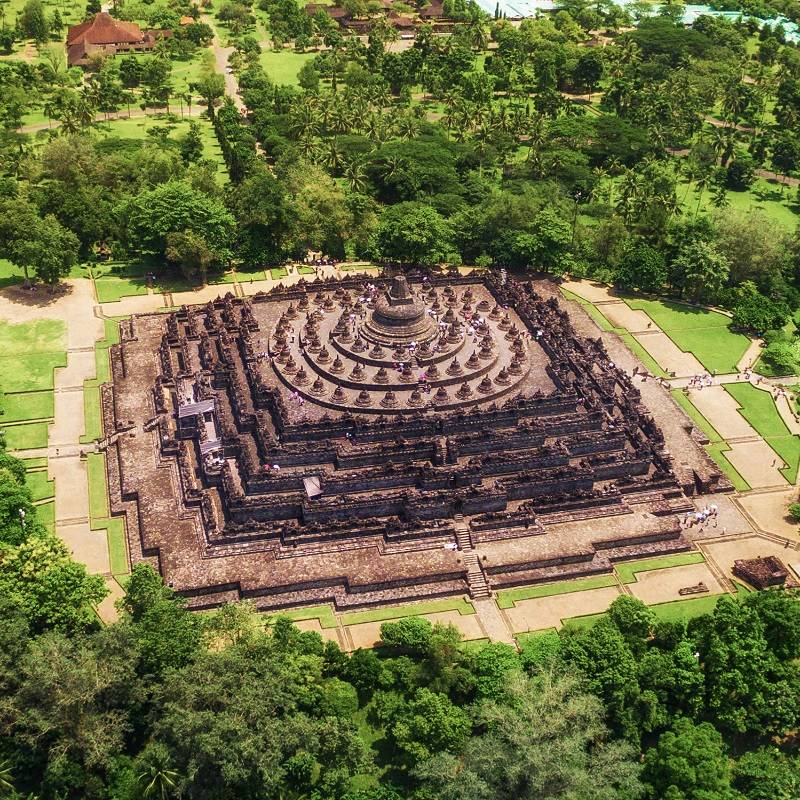
Art in Indonesia
Indonesia has always had a history of arts, with influence from as far back as the stone age. You can see some of the best examples in the many temples of its islands, and its architecture,including traditional timber structures that are built on stilts. You can find a presence of animist traditions and tribal art in most of the nation’s crafts, as well as styles with strong Hindu and Buddhist roots.
In Java, you can experience many types of craft – from canvas art to wood carving, handmade, intricate silverwork, clay and stone sculpture. The island also is a major center for batik, ikat and songket cloth, all of which originate from Indonesia.
In Sumatra, you can witness excellent examples of Islamic art and architecture. In Bali and Java, you can see the wayang kulit, the shadow puppets, made of buffalo hide and then painted.
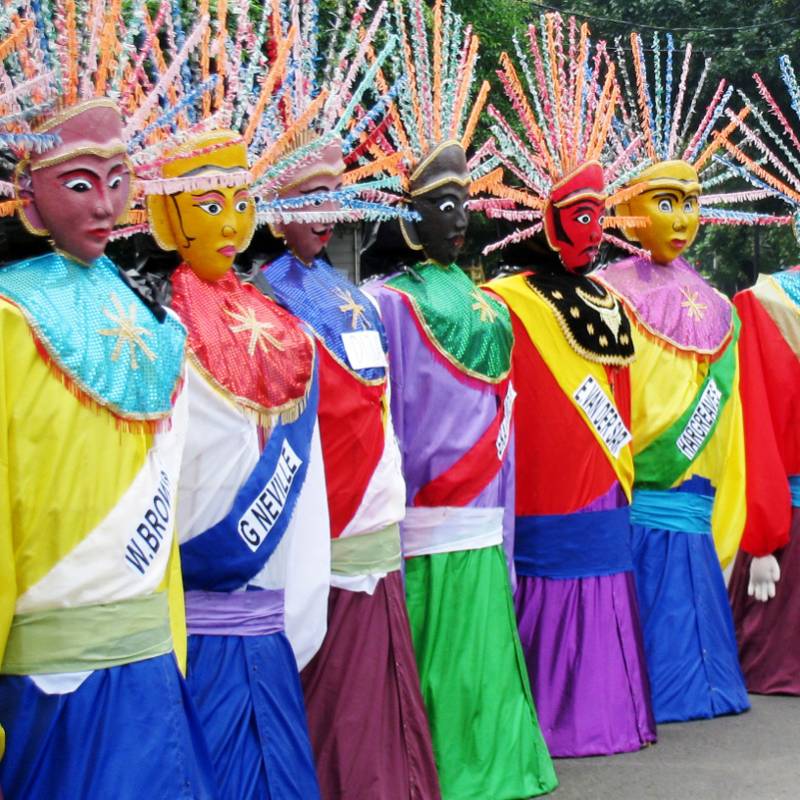
Music in Indonesia
The music of Indonesia is also varied and it is well worth taking time out to enjoy a performance or two during your tour of Indonesia. When visiting Java in 1580, Sir Frances Drake was mesmerized by the exotic music with its metallic timbre.
Gamelan, used in East Java and Bali, is a popular traditional instrument ensemble, that includes bronze percussion instruments, such as metal pots, gongs and drums. Kroncong music dates back to the 16th century when Portuguese sailors brought their native instruments to Indonesia, and is a melodic ensemble of string instruments, (including the kroncong, which is similar to a ukulele), a flute and a female vocalist. Songs tend to be melancholic and of love and natural beauty. Sasando music from West Timor is a soft style of music, which uses a lead that provides a timbre similar to a harp. Native to West Java, angklung music has become known globally due to its traditional bamboo angklung instrument, receiving UNESCO status.
In modern times, the Bollywood culture of India has also had an influence on the nation’s music.
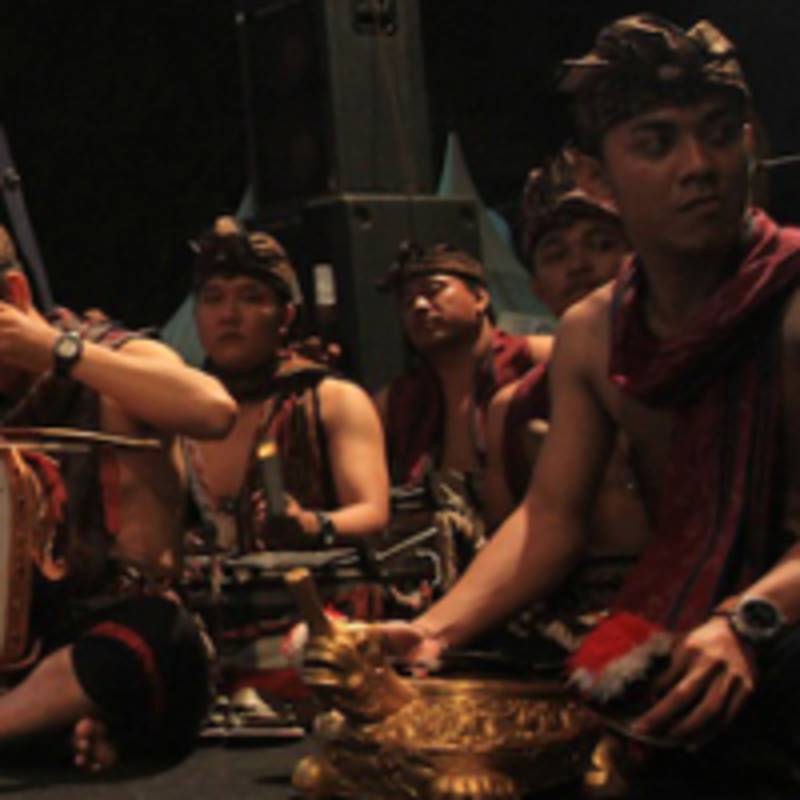
Dance in Indonesia
Dance in Indonesia plays a major role in the culture, and many performers have usually been practicing under the guidance of an expert since childhood. The dance style is very expressive, precise, and often somewhat surprising.
There are over 3,000 Indonesian original dances, sometimes with tribal roots. Bali is the ideal location if you wish to witness cultural dances first-hand when you travel in Indonesia. The dance dramas of Bali are intertwined with Buddhist and Hindu mythology from the Ramayana and Mahabharata.
The Barong & Rangda’s dance of good over evil is probably the most famous of the Balinese Hindu dances, depicting demon queens and child eaters, while the Legong dance is considered the most graceful. A masked dance, known as Topeng, brings to life the Balinese language, while chronicling the island’s history or social issues in a comical way.
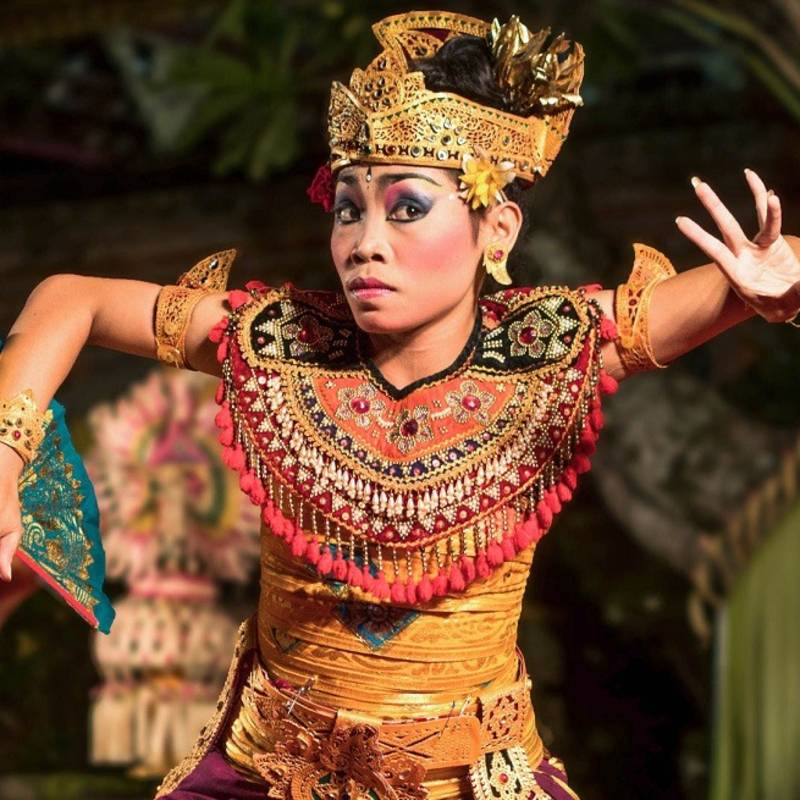
From the Blog

Discover more about Indonesia from our Travel Consultant, Kathrin Mayr, who shares her top Indonesia travel tips after experiencing the nooks and crannies of the wonderful island nation! Indonesia – the name alone conjures up images of an exotic paradise with powdery white beaches, smoldering volcanoes, mystical cultures and above all, adventure!
Sorry, your search found no results.
Popular Trips to Indonesia

Discover the essence of Sumatra as you explore its history, culture and food. Marvel at landmarks such as the Tjong A Fie Mansion, Maimoon Palace and the Grand Mosque at Medan before heading into the Bukit Lawang region. Savor the local cuisine on a guided tour and keep an eye out for wild orangutans in…

Embark on an enthralling journey through Java, Indonesian Borneo, and Bali to explore its culture, wildlife, and landscapes. Discover Yogyakarta’s historic temples, Borobudur and Prambanan on a personalized tour. Next, head to Tanjung Puting National Park to spot wild orangutans in a traditional riverboat. Admire your surroundings at Mount Bromo, a fabulous volcano, and savor…

Unwind and relax at some of the most stunning beaches at Bali and Flores in Indonesia on this 13-day tour. Ubud, the cultural heart of Bali, beckons with its temples and museums. At the charming mountain settlement of Munduk, discover cascading waterfalls, lush forests and verdant paddy fields. Experience the thrill of spotting a komodo…
Sorry, your search found no results.
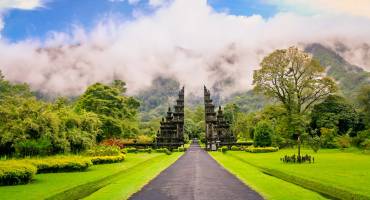
Indonesia Travel Guide
READHistory
Bring ancient history to life on your Indonesia vacation! From ancient, indigenous heritage to world famous temples like Borobudur, religious influences and more – unravel the history of Indonesia on your tour with our tips.
Cuisine
The cuisine of Indonesia is simply delicious and well worth exploring if you like exotic, fragrant flavors! From regional variations to famous dishes and culinary traditions, explore Indonesia through its cuisine, with our top tips.
Best Time To Visit
The climate of Indonesia is unlike other Asian countries. Here is an overview from our destination experts about when to go to this country of 1000 islands.
